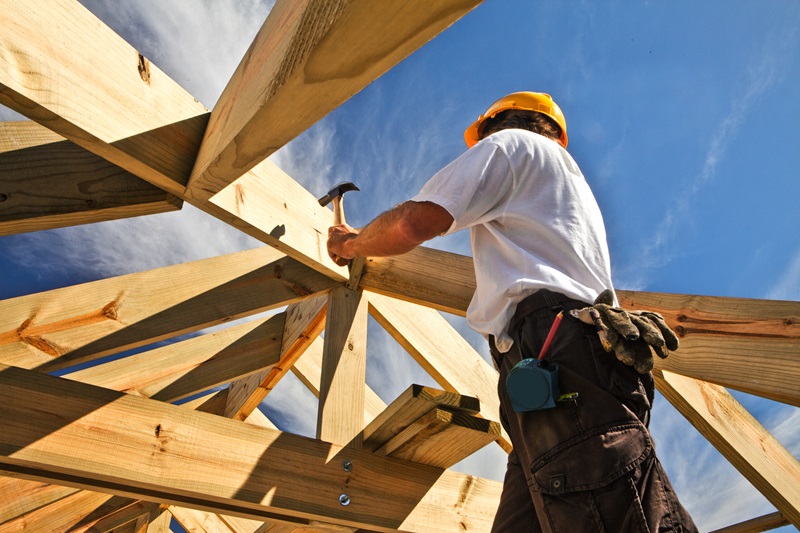Despite mortgage rates dipping to a 10-month low, a slowdown in homebuyer traffic and continued supply-side challenges weighed on builder confidence in August, as builder sentiment has now been in negative territory for 16 consecutive months, according to the National Association of Home Builders (NAHB)/Wells Fargo Housing Market Index (HMI).
NAHB’s builder confidence in the market for newly built single-family homes was 32 in August, down one point from July, according to the NAHB’s Index, having hovered at a relatively low reading between 32 and 34 since May.
“Affordability continues to be the top challenge for the housing market and buyers are waiting for mortgage rates to drop to move forward,” said NAHB Chairman Buddy Hughes, a Home Builder and Developer from Lexington, North Carolina. “Builders are also grappling with supply-side headwinds, including ongoing frustrations with regulatory policies connected to developing land and building homes.”
With short supply still an issue, a recent study from Realtor.com found that while proposals to unlock federal land for housing development may offer localized relief, they fall short of delivering a national solution to the nation’s housing crisis. The report found it would take 10 million acres of land to build four million homes, and the geography of federal holdings limits their utility in addressing the areas most in need.
With roughly 640 million acres of land federally owned—nearly one-quarter of the U.S. landmass—the bulk of it is located in Alaska and the Western U.S. While states like Nevada, Arizona, and Montana contain significant federal holdings, many of these areas either already have sufficient housing supply or lack the infrastructure, jobs and population density to support major new developments.
“The U.S. faces an estimated shortage of 3.8 million homes, which is a shortfall that has built up over more than a decade and continues to push home prices out of reach for many Americans,” said Realtor.com Chief Economist Danielle Hale. “Opening up federal land for housing development may generate incremental supply in parts of the West, but it’s not a silver bullet. The most severe shortages exist in places like the Northeast, where developable federal land is virtually nonexistent. As a result, we’ve also got to make better use of the land we already have. That will require meaningful changes to zoning and land use policies to alleviate the housing affordability crisis, especially in high-demand markets.”
In further signs of a soft housing market, NAHB’s latest HMI survey also revealed that 37% of builders reported cutting prices in August 2025, down from 38% in July. This share has remained at 37% or 38% for the past three months. Meanwhile, the average price reduction was 5% in August, the same as it’s been every month since last November. The use of sales incentives was 66% in August, up from 62% in July and the highest percentage in the post-pandemic period.
“Housing affordability is central to the outlook for economic growth and inflation,” said NAHB Chief Economist Robert Dietz. “Given a slowing housing market and other recent economic data, the Fed’s monetary policy committee should return to lowering the federal funds rate, which will reduce financing costs for housing construction and indirectly help mortgage interest rates.”
NAHB has been conducting its builder survey for more than 40 years, gauging builder perceptions of current single-family home sales and sales expectations for the next six months as “good,” “fair” or “poor.”
NAHB’s survey also asks builders to rate traffic of prospective buyers as “high to very high,” “average” or “low to very low.” Scores for each component are then used to calculate a seasonally adjusted index where any number over 50 indicates that more builders view conditions as good than poor.





